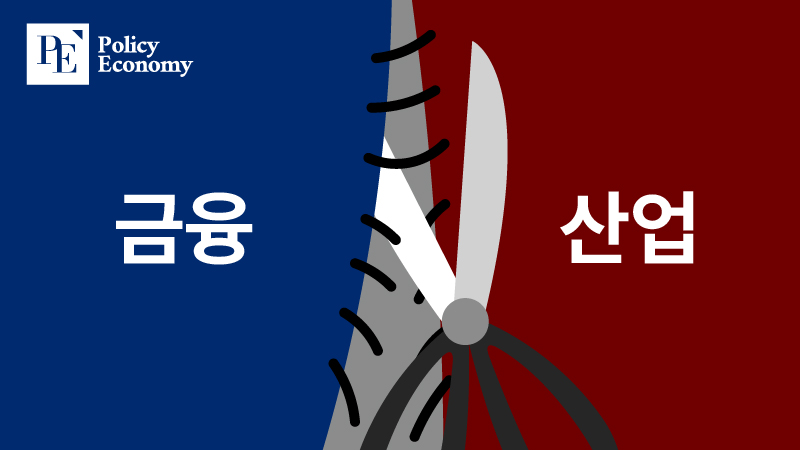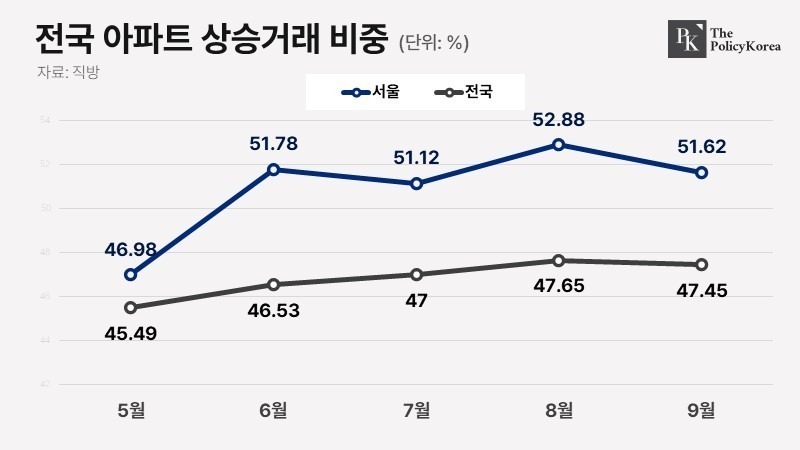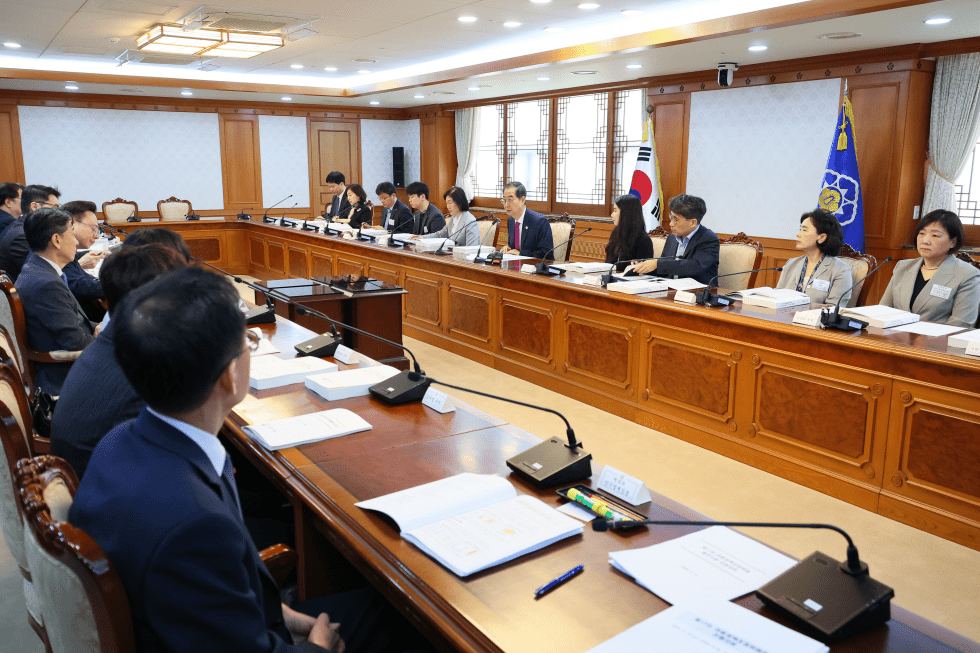[동아시아포럼] 부진의 늪에 빠진 베트남 경제, 내년 전망도 불투명
2023년 관광 수입 50% 증가했지만, 산업 부진 만회는 어려워 공공 투자 20% 확대 등 정부 조치 불구, 문제점 산더미 에너지 문제 해결, 지식기반 인프라 구축, 통화 정책 완화 시 긍정적 전망도
[동아시아포럼]은 EAST ASIA FORUM에서 전하는 동아시아 정책 동향을 담았습니다. EAST ASIA FORUM은 오스트레일리아 국립대학교(Australia National University) 크로퍼드 공공정책대학(Crawford School of Public Policy) 산하의 공공정책과 관련된 정치, 경제, 비즈니스, 법률, 안보, 국제관계에 대한 연구·분석 플랫폼입니다. 저희 폴리시코리아(The Policy Korea)와 영어 원문 공개 조건으로 콘텐츠 제휴가 진행 중입니다.
베트남은 코로나19로 인한 2년간의 경제 침체를 겪은 이후 지난해 가파른 회복력을 보이며 GDP(국내총생산)가 8% 이상 급성장한 바 있다. 이에 올해 초, 지난해에 이어 중국을 비롯한 글로벌 경제의 회복으로 관광 및 관련 서비스 산업과 수출 주도 성장이 계속될 것이란 기대가 쏟아졌다. 당초 시장 기대치는 GDP 성장 6%에서 7% 수준이었다.

올해 성장 주춤한 베트남, 산업 성장 부진이 원인
하지만 이같은 장밋빛 전망과는 달리 올해 베트남 수출에 대한 수요는 당초 기대에 훨씬 못미친 것으로 나타났다. 팜 민 찐 베트남 총리조차도 올해 성장률을 연초 기대치보다 낮은 5%로 언급할 정도다. 이는 국제통화기금(IMF)이 추정한 4.7%에 근접한 수치다. 베트남 정부에 따르면 올해 초부터 11월까지 수출이 5.7% 감소했는데, 베트남과 같이 수출과 GDP 규모가 거의 동등한 수준을 보이는 경제 구조에서는 성장에 주요 문제가 된다.
베트남은 올해 11월까지 관광 수입이 50% 증가했지만, 생산 증가율이 1%에도 못 미치는 산업 부문의 부진을 만회하기엔 턱없이 부족한 것으로 나타났다. 이렇듯 외부 요인이 성장을 늦추는 데 크게 기여한 가운데, 전기 공급 문제와 같은 내부 요인도 외국인 직접 투자(FDI) 실현 성장 둔화에 기여했다. FDI 성장률은 달러 기준 2.9% 소폭 성장한 데 그쳤으며, 그마저도 실질적으로는 약간 감소했을 것이라는 분석이 나온다.
정부 조치에도 불구, 문제 해결엔 역부족
이에 베트남 정부는 즉각 조치를 취했다. 공공 투자 증가가 대표적이다. 공공 부문의 투자를 20% 이상 늘려 더 나은 인프라와 수요를 제공하겠다는 구상이다. 아울러 인플레이션을 통제하고 은행 시스템을 건전하게 유지했다. 다만 부동산 문제는 투자, 신뢰 및 부동산 위험에 노출된 은행의 유동성에 여전히 부담으로 작용했다. 실제로 많은 부동산 개발 회사들이 기업채 상환이나 재융자에 어려움을 겪었다.
조 바이든 미국 대통령의 방문과 미국-베트남 관계의 중국-베트남 관계와 동등한 수준으로의 개선은 FDI 및 기술 이전의 ‘프렌드 쇼어링(동맹국 간 공급망 구축)’을 촉진했다. 그러나 인텔이 베트남에서 차세대 반도체 조립 및 테스트 시설을 확장하지 않기로 결정하면서 표면적인 국가 관계는 FDI에 영향을 미치는 데 한계로 작용했다. 다시 말해 정치적 융통성으로 상황을 개선할 여지가 있다 하더라도, 베트남이 원하는 고품질 투자를 유치하는 데는 충분치 않다는 의미다. 정부가 반도체 생산에 중점을 두는 것은 납득할 만하지만, 이는 사이버 보안 및 인공지능(AI) 분야의 진전을 늦추는 결과를 가져올 가능성이 있단 지적이 나오는 이유다.
경제 성장의 가장 큰 걸림돌로는 민간 부문이 취약하다는 점과 간단한 조립 작업을 수행할 숙련된 노동력의 부족 등이 꼽힌다. 실제로 인텔은 불안정한 전기공급, 과도한 관료주의 및 베트남 대학 졸업생의 낮은 기술 수준에 대한 우려로 베트남에서의 확장을 하지 않기로 결정했다. 문제는 이와 같은 기존 주요 기업의 확장 포기가 베트남의 도약을 더욱 어렵게 만든다는 점이다. 특히 에너지 문제가 심각한데, 베트남 전력청은 연간 8%의 수요 증가를 계획했지만 2019년 이후 실제 전기 사용량은 절반 수준인 4% 증가에 그쳤다. 이는 석탄 부족으로 인한 수력 과다 사용, 유지 보수 문제 및 송전 용량 부족으로 이어져 전력 공급의 불안정을 초래했다. 전력 공급 불안정을 해결하기 위해 향후 송전선 증설이 계획돼 있긴 하나, 이미 타격을 입은 베트남의 평판은 FDI 실현을 늦추게 한 요인이 됐다.
평판 타격 입은 베트남, 미래도 불안정
물론 긍정적인 전망이 없는 것은 아니다. 송전 용량이 늘어나는 만큼 베트남 정부는 태양 및 바람 자원이 풍부한 중부 지역의 재생에너지 증가를 허용할 방침이다. 이는 유럽의 에너지 가격이 재상승할 경우 요긴하게 쓰일 것으로 전망된다. 아울러 엘니뇨 현상으로 인해 가뭄이 발생할 경우에도 재생에너지를 통해 수력 발전을 상당 부분 활용할 수 있을 것으로 보인다.
또한 베트남이 에너지는 물론 교육 및 지식 기반 인프라를 개선한다면 향후 10년 동안 최소 6%의 연간 GDP 성장이 기대된다. 현재 베트남 정부의 2024년 성장 목표는 6%에서 6.5%로 아시아개발은행의 2023년 7월 예측과 유사한 수치다. 일각에서는 수출의 약화로 인해 GDP 성장률이 5.5%에 불과할 것으로 예측도 나오고 있으나, 중국의 일부 수출 생산이 베트남으로 이동되고 있는 만큼, 수출 회복에 도움이 될 것이라는 분석이 지배적이다.
다만 미국과 유럽연합(EU)이 연이은 불황 혹은 역성장의 늪에 빠지거나, 중국이 소비와 관광을 지속 억제하는 경우에는 베트남에 심각한 역풍이 불 것으로 예상된다. 노동력 성장이 둔화하고 농촌 지역에서의 잉여 노동력이 줄어들고 있는 점도 문제다. 대부분의 성장은 노동자 당 자본 및 생산성의 향상에서 비롯되기 때문이다. 그런 만큼 이는 베트남의 민간 내수 부문의 성장에 대한 의존을 더욱 부추길 것으로 보인다.
원문의 저자는 하버드대학교 존 F. 케네디 행정대학원 내 애쉬센터의 수석 경제학자 데이빗 대피스(David Dapice)입니다.

A slower 2023 and uncertain 2024 for Vietnam’s economy
After two frustrating years of COVID-induced economic slowdown, Vietnam bounced back in 2022 with a strong performance — its GDP grew more than 8 per cent. In 2023, the government hoped that a stronger Chinese and global economy would allow a continuation of export-led growth, including growth in tourism and related services. Projections, or hopes, were for 6 to 7 per cent GDP growth.

But both the world and China proved to have less demand for Vietnam’s exports than hoped. Now even Vietnam’s prime minister is suggesting growth of ‘around 5 per cent’, which is close to the 4.7 per cent estimated for 2023 by the International Monetary Fund. Exports fell 5.7 per cent in the first 11 months of 2023. For an economy where exports nearly equal GDP, this creates a major growth problem.
Through November 2023, tourism revenue increased 50 per cent, but this was not enough to offset the weakness in industrial output growth, which was only 1 per cent. While external factors significantly contribute to slower growth, the problems with electricity supply also contributed to the slow growth in foreign direct investment (FDI) realisations. These realisations only grew 2.9 per cent in dollar terms, probably a slight shrinkage in real terms.
The government did several things right. It managed to increase public investment by more than 20 per cent, providing better infrastructure and more demand. It kept inflation under control and the banking system sound, though problems in the real estate sector continued to weigh on investment, confidence and the liquidity of some exposed banks. Many real estate development companies had trouble repaying or refinancing their corporate bonds.
The visit of US President Joe Biden and the upgrading of US–Vietnam relations to a level equal to that with China encouraged ‘friend shoring’ of FDI and technology transfers. But the decision of Intel not to expand its already significant chip assembly and testing facilities suggests that though political skill is necessary, it is not sufficient to attract the higher-quality investments Vietnam wants. The government’s emphasis on computer chip production, while understandable, may result in slower progress in cybersecurity and artificial intelligence.
A bigger problem for both FDI and overall economic growth is the relatively weak state of the formal private sector and the lack of skilled labour needed to replace simple factory assembly jobs, which are migrating to countries with lower-cost labour. Intel decided not to expand in Vietnam due to a combination of concerns about stable electricity, excessive red tape and the skill levels of Vietnam’s university graduates. Losing the expansion of an incumbent and major firm will make it challenging for Vietnam to move further up the value chain to competitive chip manufacturing.
The energy problems were especially surprising because Vietnam Electricity, the state utility, had planned for 8 per cent annual demand growth, while actual electricity use since 2019 had grown only about half as much. There was excess generating capacity but shortages of coal, leading to over-use of hydroelectricity, maintenance issues and a lack of transmission capacity which culminated in electricity shortages.
While more transmission lines are planned, the hit to Vietnam’s reputation is reflected in the slow growth of realised FDI. More transmission capacity will allow increased use of renewable electricity from central Vietnam, where solar and wind resources are favourable. This could be important if fuel prices rise again due to shortages in Europe. With El Nino weather patterns threatening a drought in Southeast Asia, more renewable power would allow considerable hydroelectricity to be used when renewables are not producing. This would create a cleaner and more robust electricity system.
If Vietnam can improve its energy, training, and soft infrastructure, its GDP should be able to grow at least 6 per cent annually for the rest of this decade. For 2024, the government growth target is 6 to 6.5 per cent, which is similar to the Asian Development Bank’s July 2023 projection. While some projections are lower — Fitch has 5.5 per cent due to expected export weakness — the continued movement of some export production out of China should help Vietnam’s exports rebound.
But there may be significant headwinds should both the United States and European Union slipped into recession or very slow growth, or if China’s economy continues to depress consumer spending and tourism. In addition, labour force growth is slowing and surplus labour from rural areas is diminishing. Most of the growth will have to come from more capital per worker and increased productivity. This will depend on the growth of Vietnam’s formal, domestic private sector. Its share of GDP is only about 11 per cent, much lower than the 30 to 50 per cent in Thailand and China.
Overall, 2023 was a disappointing transition year for Vietnam. If the global economy recovers as central bank monetary policy stops tightening and gradually loosens, 2024 should be better.



























